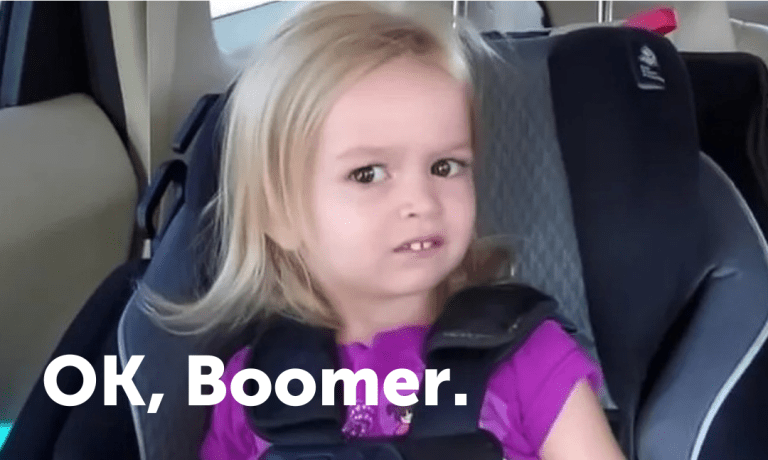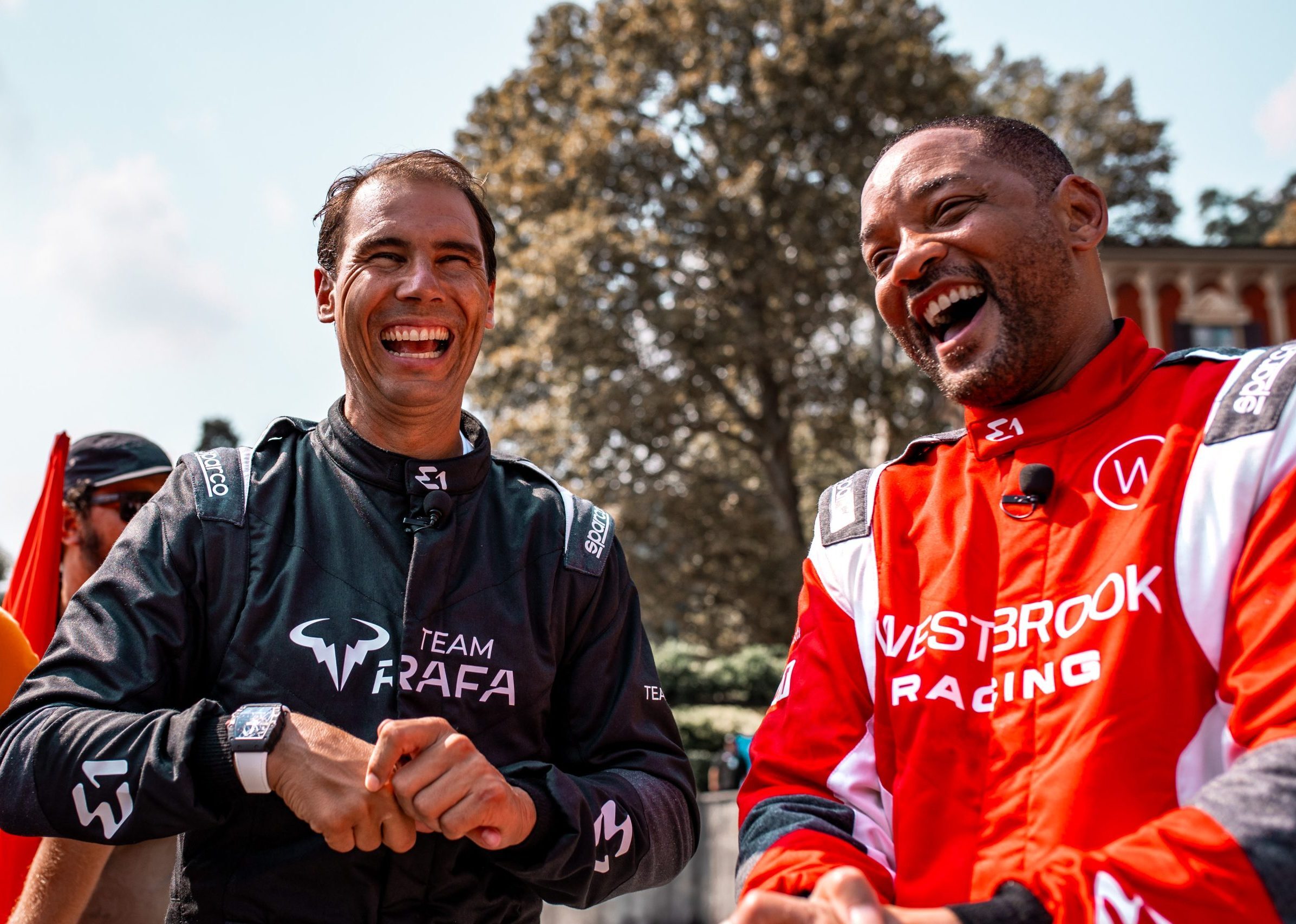Who are Generation Alpha?
Generation Alpha, the first generation to practically come out of the womb with an iPhone in their hand. Born between the early 2010s and 2024 (although there is speculation around the exact dates in which this demographic cohort belong), Generation Alpha are forecasted to be the biggest cohort yet. Unaware of a life without digital technology and social media, this generation are considered digital natives and are expected to be the most tech-savvy.
Gen A are also a generation that are much more socially aware than previous generations, with a strong affinity for authenticity, interactivity and gamification – and they have short attention spans. Can you blame them, growing up in a world of YouTube shorts and TikTok?
Why should brands pay attention to Generation Alpha?
As Kristin Patrick, the chief marketing officer at Claire’s, put it, “If you think that these kids are not influencing buying habits and parental decision-making, have another look.”
Generation Alpha have considerably more purchasing power and influence than their predecessors (Gen Z and Millennials) had at their age. Whilst the youngest in the cohort may not have their own source of income, they heavily influence purchasing behaviour, with 87% of Millennial/Gen Z parents claiming Gen A influence the products they purchase.
Understanding what makes Gen Alpha tick can also provide insight on how to influence the purchasing behaviours of their Millennial/Gen Z parents. Two generational cohorts for the price of one – win!
Research reports that:
- 57% of Gen Alphas spend more than three hours per day on digital devices, increasing the likelihood of exposure to influential content
55% of Generation Alphas want to buy the products their favourite YouTuber or Instagrammer is using, wearing or consuming
49% of this cohort also admit to trusting the product recommendations given by influencers rather than their family and friends
How to capture Generation Alpha’s attention with marketing

Understanding exactly how and where Gen Alpha spend their time reveals how brands can capture their attention.
When you see Gen Alpha on their phone, chances are they are on YouTube. Research conducted by Razorfish correlates to this likelihood, showing that 51% of Gen Alpha’s first hear about brands through YouTube videos. Close to 60% of Gen Alpha parents also report that their kids watch shopping-related content (hauls, unboxings, shopping vlogs) on YouTube, highlighting the value of influencer marketing on this platform.
Fun fact: Generations expert Dr. Eliza Filby estimates that the average Gen A has posted over 100 photos of themselves on social media before their first birthday.
Beyond the world of social media, having a presence on Gen A’s favourite gaming platforms plays a huge role in winning the hearts and minds of this cohort. A report by Gamefam revealed that in 2023, Roblox and Fortnite became the favoured platforms among Gen Alpha, dedicating 43% more time to these platforms than YouTube or TikTok.
Adidas have already taken action on the platform, creating their first standalone virtual store on the platform back in December 2023. With over 800 items available to purchase in their Roblox store, Adidas provides users the ability to don the iconic three stripes in their virtual lives, linking virtual preference with real-life choice, all while increasing brand recall and sentiment.
We aren’t about to explain the importance of brand recall and sentiment or the benefits of establishing place in both from a young age – however, we are here to point out that in order for this to happen among Generation Alpha, you need to consider developing a gaming marketing strategy.
e.l.f cosmetics have also made their mark on the gaming platform by providing users with one million complimentary virtual items.
Marketing to Generation Alpha
“If Gen Alpha aren’t your brand’s target demographic right now, they are going to be eventually. It’s important to begin engaging with them now and create relevant content that resonates with them” – Harriet Poole, Influencer Account Director at Brandnation.
Brands need to be cautious, however, of how they approach Generation Alpha with the legalities and restrictions surrounding digital advertising to children and teens. The ASA state ‘Marketing communications address to or targeted at children must not make a direct exhortation to children to buy an advertised product or persuade their parents or other adults to buy an advertised product for them’. Bring in the influencers…
Generation Alpha and Influencer Marketing
We’ve already established the influence Gen Alpha have on purchasing decision. But, does this make them influencers?
Driven by the content they consume online, Gen Alphas are constantly exposed to influencer-generated content, peer-to-peer selling and are therefore already adept in how to sell a product. So born is the era of child influencers who are selling products on behalf of brands before they even reach secondary education.
Gen A to every older influencer:

Some brands have already noted the influential power of Gen Alpha. Earlier this year, Claire’s introduced The Collab, a marketing campaign featuring five Gen Zs and two Gen Alphas – the youngest being just 7 years old. The campaign goes beyond recognising Gen Zs and Gen Alphas as the inspiration for the brand. Both generational cohorts have influence over the campaign’s creative direction across content, communications, and activations.
What Claire’s are doing with this campaign isn’t ground-breaking – it’s what every other brand has been doing, except, they’ve proactively shifted the focus to a generation that now holds the greatest purchasing power.
While older generations of influencers are on Snapchat, Instagram and Facebook, Gen Alphas are busy building their following on TikTok and YouTube. You may have seen recent viral video by TikTokker Chloe Grace on ‘little girls’ flooding Sephora stores across the US. This video sparked online debates about why young girls are so interested in skincare and make-up brands before they have ever known the misfortune of a breakout. The explanation: influencers. Gen Alpha are both influenced and influencers, trapped in an endless cycle of buying the products recommended by their favourite influencers whilst influencing the purchase decisions of their friends and family.
One skincare brand championing Gen A influencers is Bubble Skincare, welcoming applications to become a brand ambassador from anyone aged 13+.
The tricky bit
With the rise of Gen A influencers comes parental concern. Research points out that by ages 13 and 14, kids are still developing cognitively. Influencers and ambassadors below the age of 18 should therefore be required to provide parental consent before agreeing to work with a brand on a paid or organic basis. Bubble Skincare has put such measures in place, stating on its ambassador programme application page; ‘must provide a valid email address + parent/guardian email address if under the age of 18’.
Things you should know about Generation Alpha
Generation Alpha are eco-conscious
Gen Alpha are advocates for sustainability and positive global change. They proactively concern themselves with environmental and social justice, shaping their attitudes and actions, which makes them a powerful force for shaping the future.
They are advocates for Diversity and Inclusion
If you really want to capture Gen Alpha’s attention, make sure your marketing strategy advocates Diversity & Inclusion. With early exposure to diverse cultures and perspectives, Gen Alpha strongly support diversity and inclusion. Growing up in a world where this is more visible contributes to their confident and expressive nature.
Skin care brand Glossier have championed diversity and inclusion through their influencer marketing strategy by working with a range of micro-influencers with different skin tones, body types and backgrounds, aligning with Gen Alpha’s values.
Wellbeing is a priority
Mental health, self-care, physical fitness and stress management are key focus areas for Gen A. Their prioritisation of wellbeing manifests across their work, relationships and personal growth. They focus on the idea that being happy and healthy is a state of wholeness that encompasses all aspects of a person’s life, rather than an absence of illness or disease.
Marketing to Generation Alpha: Three Takeaways
- Visual/interactive content is king: Gen Alpha are digital natives with short attention spans. Get your product in front of them through social media channels like TikTok and YouTube shorts and get to the point, fast. Personalised content is a bonus!
- Align with their values: This generational cohort care a lot more about the environment, inclusivity and wellbeing. If your marketing strategy doesn’t align or advocate for at least one of those, chances are you won’t sell your product to them.
- Engage in Influencer marketing and gamification: Generation Alpha trust their favourite influencers more than their friends and family, so if you want to sell your product to them, your best bet is to do that through the influencers they worship. They’re also big gamers, spending a lot of their time on gaming platforms like Roblox and Fortnite. Don’t fall behind on gaming marketing and make sure your products are visible in both their virtual and personal lives.

About the author
Simarin Tandon | Performance and Digital Marketing Manager
Having worked with brands across the Beauty &Wellness, FMCG, FinTech, and Home & Lifestyle sectors, Simarin focuses on driving acquisition and growth, whilst managing the performance team at Brandnation.





